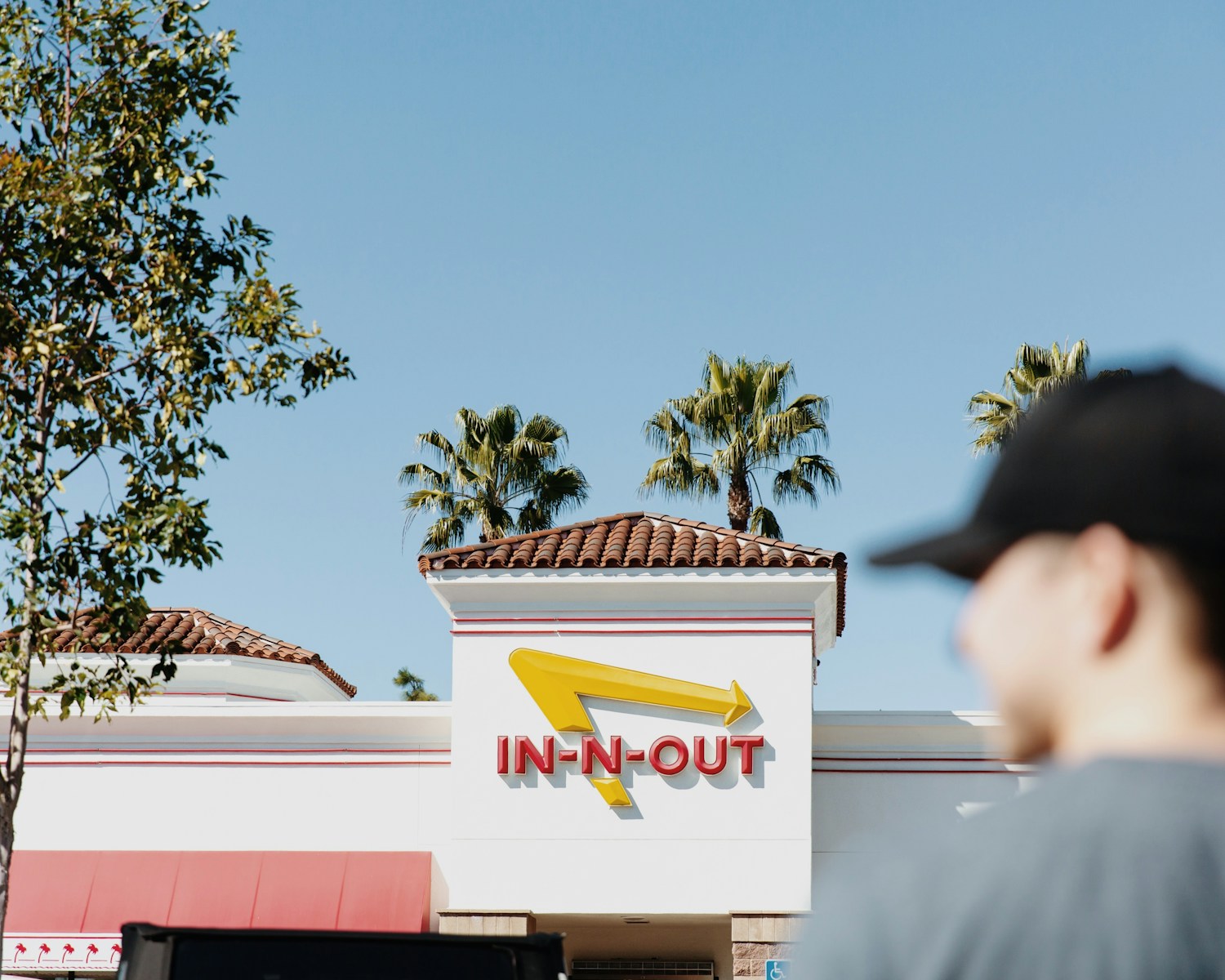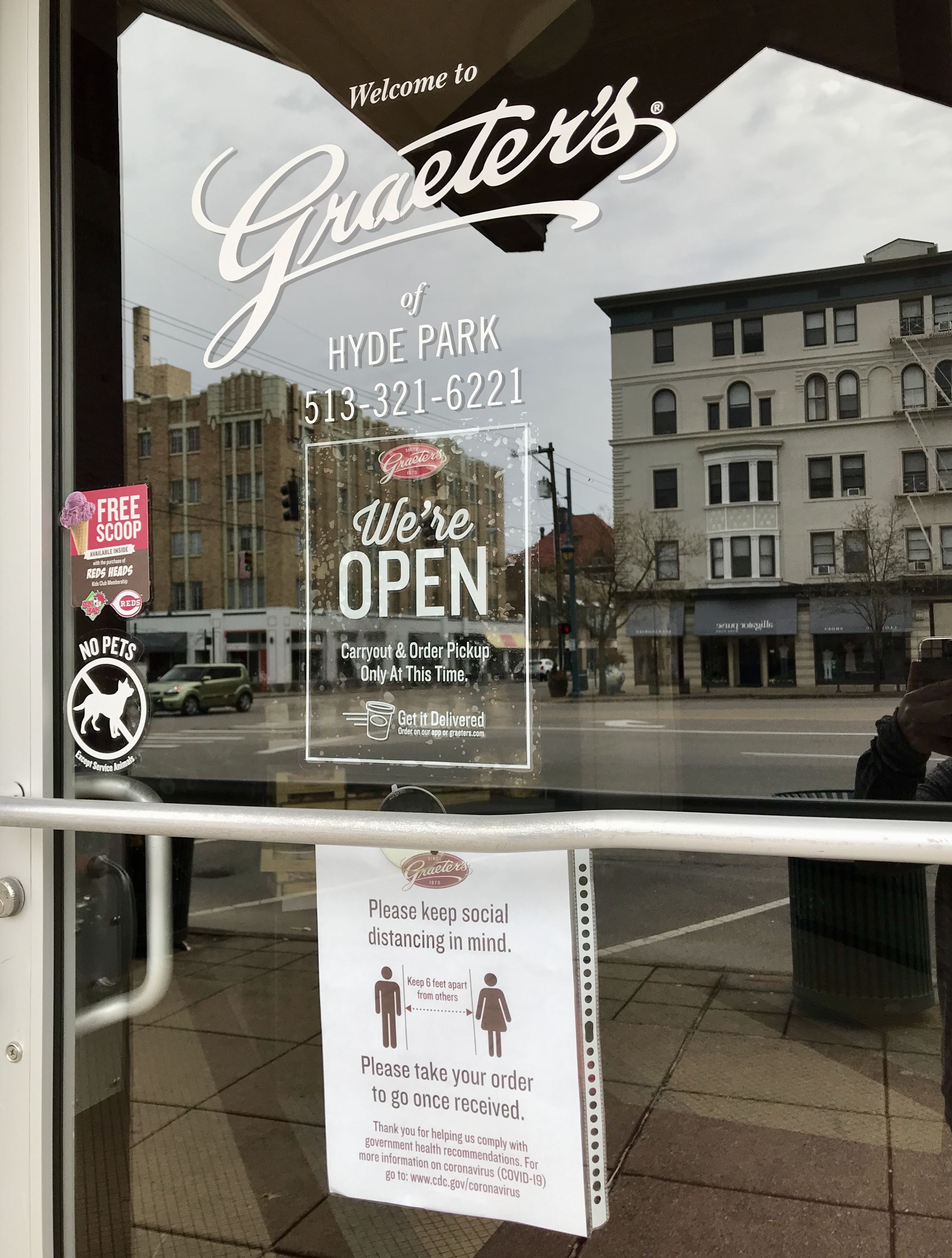
The culinary world, a realm of constant innovation and fleeting trends, has faced its most profound disruption in recent memory. While the clatter of pots and pans has largely returned to restaurant kitchens and the hum of conversation to dining rooms, the shadow of the COVID-19 pandemic continues to stretch long over the fine dining industry. What was once considered a given – bustling reservations, a ready supply of skilled staff, and a predictable cost structure – has been irrevocably altered, leaving many chefs and restaurateurs to grapple with an entirely new reality.
For many, these aren’t merely minor adjustments but fundamental shifts that challenge the very definition of sustainability in high-end gastronomy. As one restaurateur aptly put it, it’s like “getting punched in the face and then, just before you’ve gotten back up, getting punched again.” The industry, known for its resilience through stock market crashes and natural disasters, was uniquely unprepared for the multifaceted crisis brought on by a global health emergency that thrives on in-person experiences.
This first part of our exploration dives deep into five critical trends that are proving particularly difficult for fine dining establishments to navigate. From the escalating costs of putting food on the plate to the evolving dynamics of the workforce and the very expectations of the discerning diner, we’ll uncover why many chefs are now candidly admitting that the old ways are simply “unsustainable.” Prepare to peel back the layers of a complex industry striving to redefine itself in an era of unprecedented change.
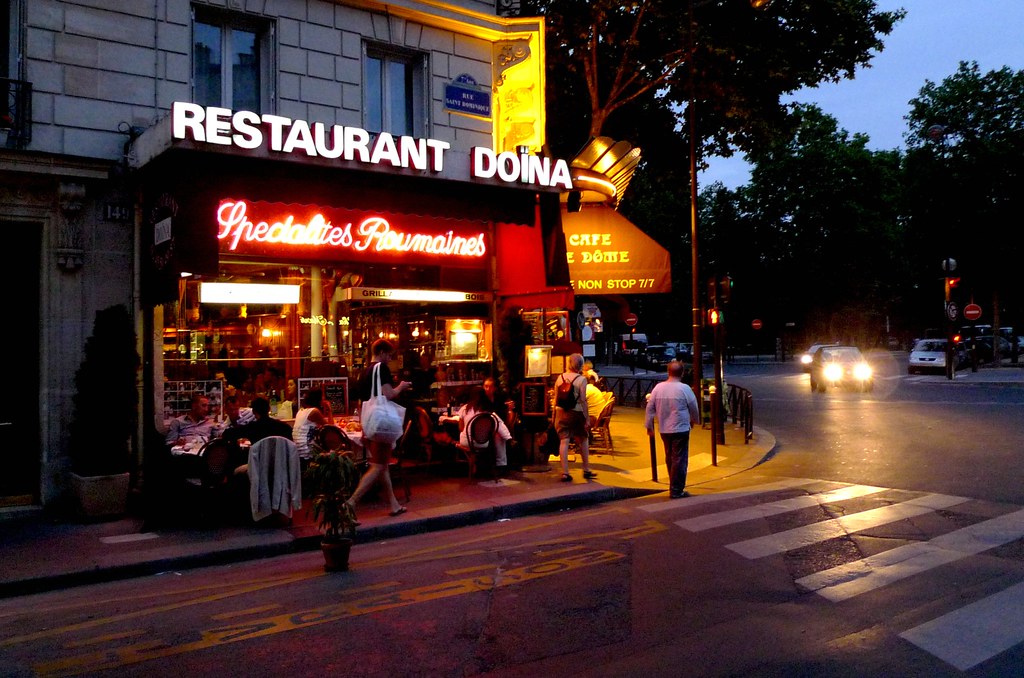
1. **Soaring Costs of Goods and Labor**
The most immediate and visceral challenge facing fine dining today is the relentless surge in operational costs. Chefs and restaurateurs across the country describe a “perfect storm” or “death by a thousand paper cuts” as every element of their business, from the raw ingredients to the human touch that transforms them, becomes dramatically more expensive. This isn’t just about premium truffles or imported caviar anymore; it’s about the foundational elements of everyday cooking.
The numbers paint a stark picture: the National Restaurant Association reports that the average restaurant has seen a staggering “35% increase in both food and labor costs since 2020.” Unsurprisingly, this surge has translated directly to the consumer, with “average menu prices rising by 31% between February 2020 to April 2025.” With fears of inflation and an “impending full-blown recession,” Americans are naturally “tightening their budgets,” making the justification for higher fine dining prices an even more delicate dance.
The impact on ingredient sourcing is particularly acute for chefs who pride themselves on quality and seasonality. Kevin Meehan, who runs the LA restaurants Koast and the Michelin-starred Kali, laments, “There was a point in my career not long ago when I’d go to the farmers market and buy anything I wanted. Now, it’s brutal. Everything is really expensive. When did vegetables become like caviar?” This rhetorical question perfectly encapsulates the dramatic shift in ingredient economics.
Ti Adelaide Martin, whose family has helmed the legendary Commander’s Palace in New Orleans since 1974, provides another vivid illustration: “The cost of making homemade chicken stock has gone up 300% since the pandemic.” She emphasizes that “every single thing that goes into it — the chicken, the vegetables, the seasoning, literally the water — every single element of it is that much more expensive.” The cost of milk, eggs, flour, butter, and especially seafood, a specialty for chefs like Michael Cimarusti of Providence, has similarly skyrocketed, with lobster meat, for instance, seeing prices rise from $5 per pound to potentially $17.
For fine dining establishments, cutting corners on quality is not an option when guests walk in “with specific expectations.” As Giancarlo Pagani of Mother Wolf explains, “We’re in the business of creating experiences, and you can’t sacrifice the experience.” The immense challenge lies in “maintaining that experience without going under,” a testament to the unsustainable pressure these escalating costs place on their finely tuned business models.
Read more about: From Low-Cost to High-Impact: 12 Unexpectedly Successful Budget Flips That Defy Expectations

2. **Labor Shortages and Staffing Woes**
Beyond the rising price of ingredients, the human element of the restaurant industry has undergone a profound transformation, leading to significant “labor shortages” and a re-evaluation of staffing structures. The sentiment among seasoned chefs is often nostalgic, with Paul Bartolotta, who runs 17 restaurants, lamenting “the old days when there was an abundance of staff and people who were passionate about our industry.” This passion and availability, once a cornerstone of the industry, now feel like a distant memory.
This scarcity of skilled workers directly contributes to the “rising wages” that form another significant “headwind” for restaurants. The competitive landscape for talent means establishments must offer more attractive compensation, further adding to the overall cost of doing business. While overall restaurant employment has “largely recovered” to pre-pandemic levels in terms of sheer numbers, the “make-up of how these jobs are distributed drastically changed.”
The US Bureau of Labor Statistics (BLS) data from 2023 reveals a noticeable shift: “Post COVID years led to more supervisors and kitchen staff in restaurants while serving roles saw a decline” compared to 2019. A deeper dive into “Serving workers shows the largest decline came from waiters/waitresses likely since full service restaurants were one of the most affected during COVID.” This specific decline in front-of-house staff directly impacts the traditional service model of fine dining, which heavily relies on an attentive and skilled waitstaff to deliver the desired “experience.”
Interestingly, “the only category of Serving workers that saw an increase in the number of jobs were bartenders,” perhaps reflecting a persistent consumer desire for beverage-focused experiences or less direct interaction. The overall picture, however, is one of a reconfigured workforce. While technology has allowed for “higher output per employee” by shifting some roles (e.g., customers filling the cashier role), the challenge remains in finding and retaining enough dedicated staff, especially for the nuanced demands of fine dining, where personalized service is paramount. This internal reshuffling signals a significant adjustment to how labor is managed and valued, creating an ongoing struggle for many establishments to maintain their service standards.
Read more about: Decoding Your Grocery Bill: The Staple Items That Rose Most in Price in 2025
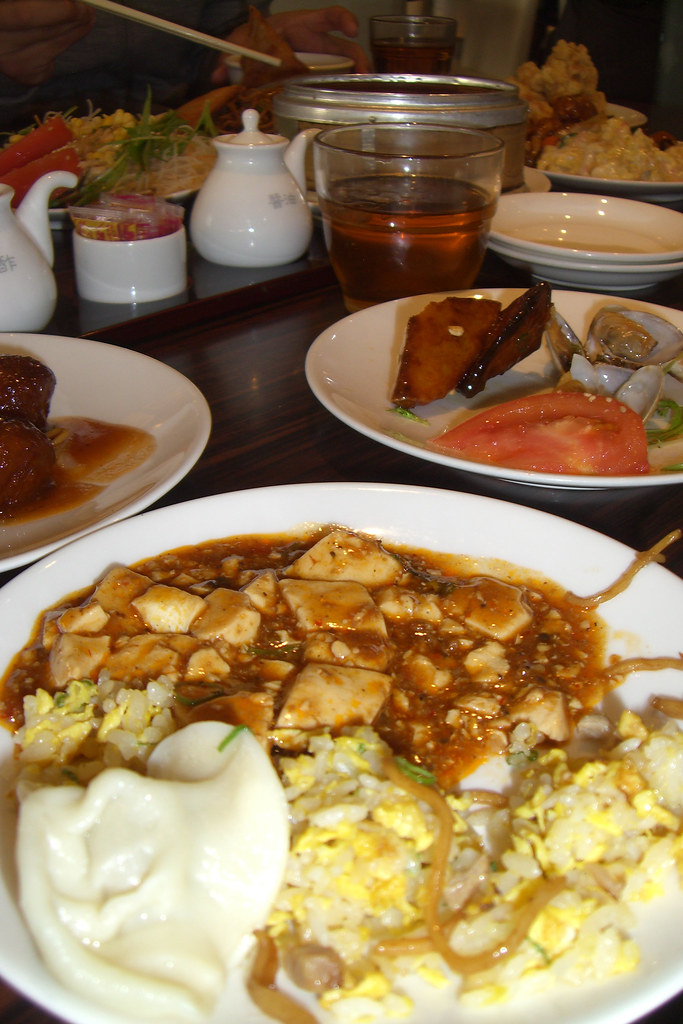
3. **The Fading Traditional Tasting Menu**
For decades, the elaborate tasting menu stood as a quintessential symbol of fine dining – an artistic journey curated by the chef, showcasing technique, seasonality, and a narrative through multiple courses. Yet, this very tradition is now finding itself on precarious ground, with many fine dining restaurants “ditching their tasting menus entirely” or radically reconfiguring them in the face of new economic realities. The days of guests passively accepting a chef’s lengthy, multi-course vision, regardless of price, are becoming increasingly scarce.
The primary driver behind this shift is economic. As chef Kevin Meehan candidly admitted, “The writing was on the wall; not everyone can afford dry-aged duck with cherry glaze.” In an era where consumer budgets are tightening and “everything is really expensive,” the high price point and perceived exclusivity of a traditional tasting menu can act as a deterrent rather than an attraction. When “wallets are tight, the atmosphere needs to feel worth the extra price,” and a rigid, expensive menu can sometimes contradict that desired value.
Meehan’s own journey with Kali, his Michelin-starred restaurant, serves as a powerful illustration of this struggle. He recalled the dining room going “from being half full, and then one day it looked to me like it was half empty.” This observation led to a profound pivot for Kali, transforming it from a tasting menu establishment into “a neighborhood steakhouse” with a “more casual” vibe. The desire was to create an environment where “people to be in the dining room, talking loud and celebrating,” rather than a quiet, reverent meditation on each plate. This change signifies a move towards broader appeal and a more accessible, yet still high-quality, dining experience.
Even new concepts are embracing this evolution. Lilo, a new immersive fine-dining restaurant, while still offering a multi-course experience, frames it as a “celebratory restaurant” where “diners flow in and out of Lilo’s indoor and outdoor spaces as they eat 10 courses and 16 different bites, all served by the chefs.” This dynamic approach is not just for the guests; it’s a “smart business strategy for the restaurant” to “maximize the number of guests who come in” by making the experience more lively and less formal. This reinvention of the multi-course meal reflects a broader industry struggle to balance culinary ambition with economic viability and evolving diner preferences.
Read more about: The Unraveling Value: 12 Restaurant Chains Where Diners Say the Price Just Isn’t Right Anymore
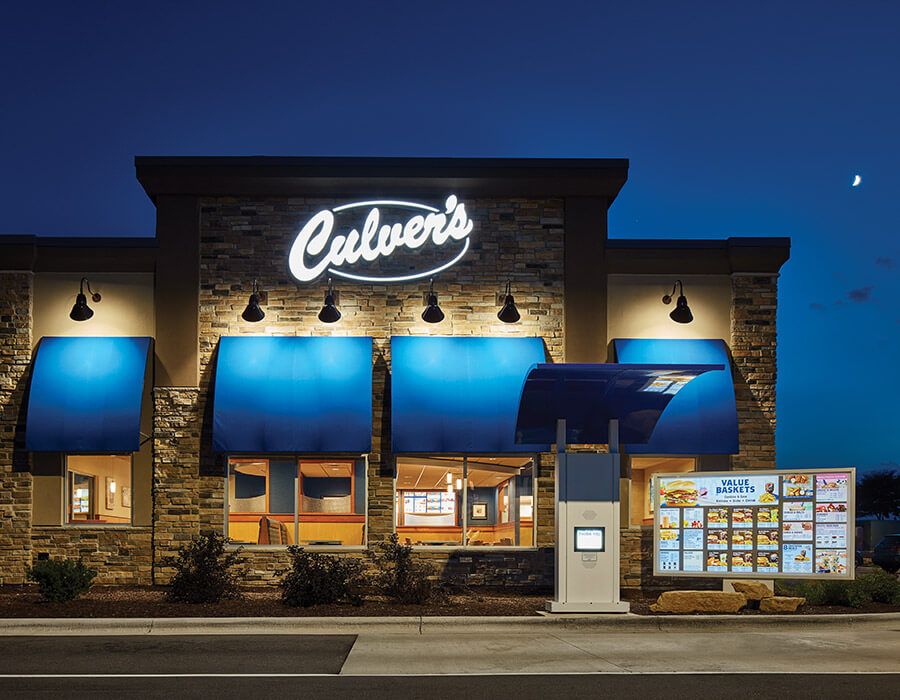
4. **Dwindling Reservations and Tourist Traffic**
The lifeblood of any restaurant, especially in fine dining, is a consistent stream of reservations. However, the post-pandemic landscape has seen a concerning “drop in reservations across the board,” impacting establishments from local favorites to Michelin-starred icons. This dip in bookings is attributed to a confluence of factors, including economic uncertainties where “Americans are tightening their budgets” amid “fears of rising inflation or an impending full-blown recession,” often dubbed the “vibecession.”
Adding to this domestic economic caution is a significant reduction in international visitors, which traditionally formed a crucial segment of the fine dining clientele. The context notes that “restaurants are also seeing a drop in tourists as Canada, China, and nations across Europe have updated their travel guidance to the US amid President Donald Trump’s policies.” This has a tangible, negative impact on high-end eateries, as exemplified by Los Angeles chef Michael Cimarusti. He has observed “a 20% drop in foreign travelers,” who typically accounted for “40% of reservations at his two-star Michelin restaurant, Providence.”
This “double whammy of issues” – fewer overall diners and a specific decline in the higher-spending tourist demographic – places immense pressure on an industry already battling “skyrocketing costs.” When you “subtract customers but add the rising cost of goods,” the margin for survival becomes incredibly thin. Restaurants are compelled to innovate aggressively to attract and retain patronage, moving beyond their traditional offerings to fill seats.
This struggle to draw diners has spurred creativity. Restaurateurs like Francesco Zimone, who recently opened Florence Osteria & Piano Bar, are experimenting with new pricing strategies, such as a “new $50 three-course tasting menu,” hoping to “attract new customers” after significant business drops. Similarly, Nicholas Gill of the New Worlder newsletter highlights smaller, high-end establishments like Honey Badger in Brooklyn, which charges “$195 for the menu to make it all work” with lower overhead, suggesting a model for survival. The bottom line is clear: fine dining establishments can no longer rely solely on their reputation; they must actively and creatively bring guests through the door.

5. **The Persistent and Polarizing Tipping Culture**
Tipping in the United States has always been a complex and often contentious practice, deeply intertwined with the nation’s social and economic history. The context notes its “complicated history in the United States, tied as it was to the hiring of recently emancipated enslaved people after the Civil War,” where “gratuities became the wage itself rather than a bonus.” This historical legacy sets a problematic precedent for the system that persists today, and the pandemic only exacerbated its inherent tensions.
During the height of COVID-19, there was a temporary shift in consumer behavior, with “many customers tipped hard and heavy knowing that service workers were struggling.” This gesture of solidarity, however, proved fleeting. As the country gradually “crept toward normalcy post-pandemic,” diners began to expect “tipping to do the same,” reverting to pre-pandemic habits and expectations. This return to form, however, clashes with the ongoing conversation around “economic justice for hospitality workers, a group that studies have shown is overworked and underpaid.”
The most visible manifestation of this struggle is the ubiquitous presence of “the tip screen.” Whether encountered at a coffee shop or a full-service restaurant, these digital prompts have become a fixture that, despite being “mock[ed],” are “not going anywhere soon.” This screen-based solicitation for gratuity often puts diners in an awkward position, contributing to a sense of “tip fatigue” even as the underlying issues of fair compensation for service staff remain unresolved.
Some restaurants attempted to “circumvent the tip problem” by implementing “service charges” in lieu of traditional gratuities. However, this approach also “created its own kickback,” indicating the deeply ingrained and emotionally charged nature of tipping culture. The inability to find a universally accepted and equitable solution highlights a systemic struggle within the industry to fairly compensate its front-line workers while managing customer expectations and perceptions of value. It’s a battle between historical practice, economic necessity, and evolving societal ethics that fine dining, with its emphasis on high-touch service, feels acutely.

